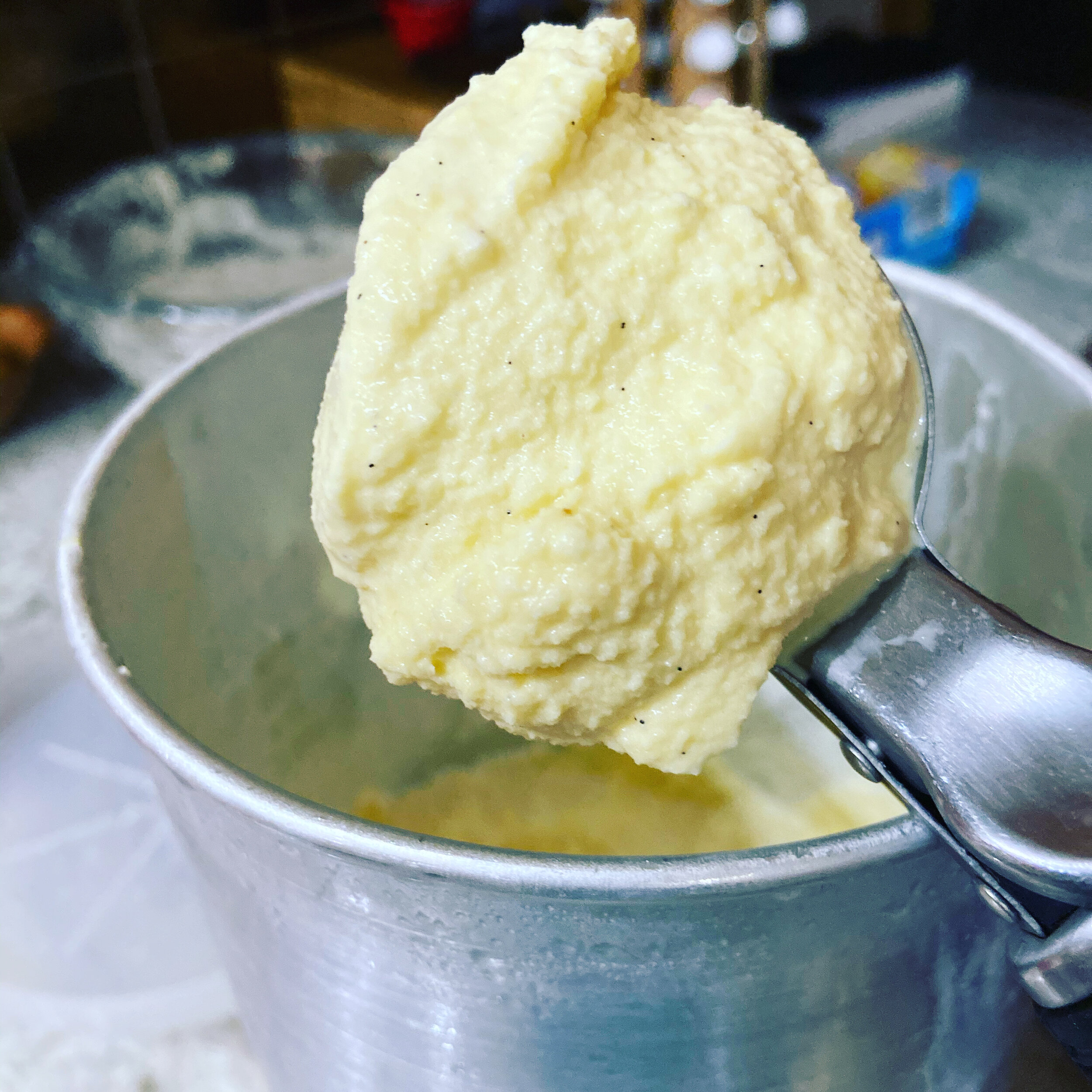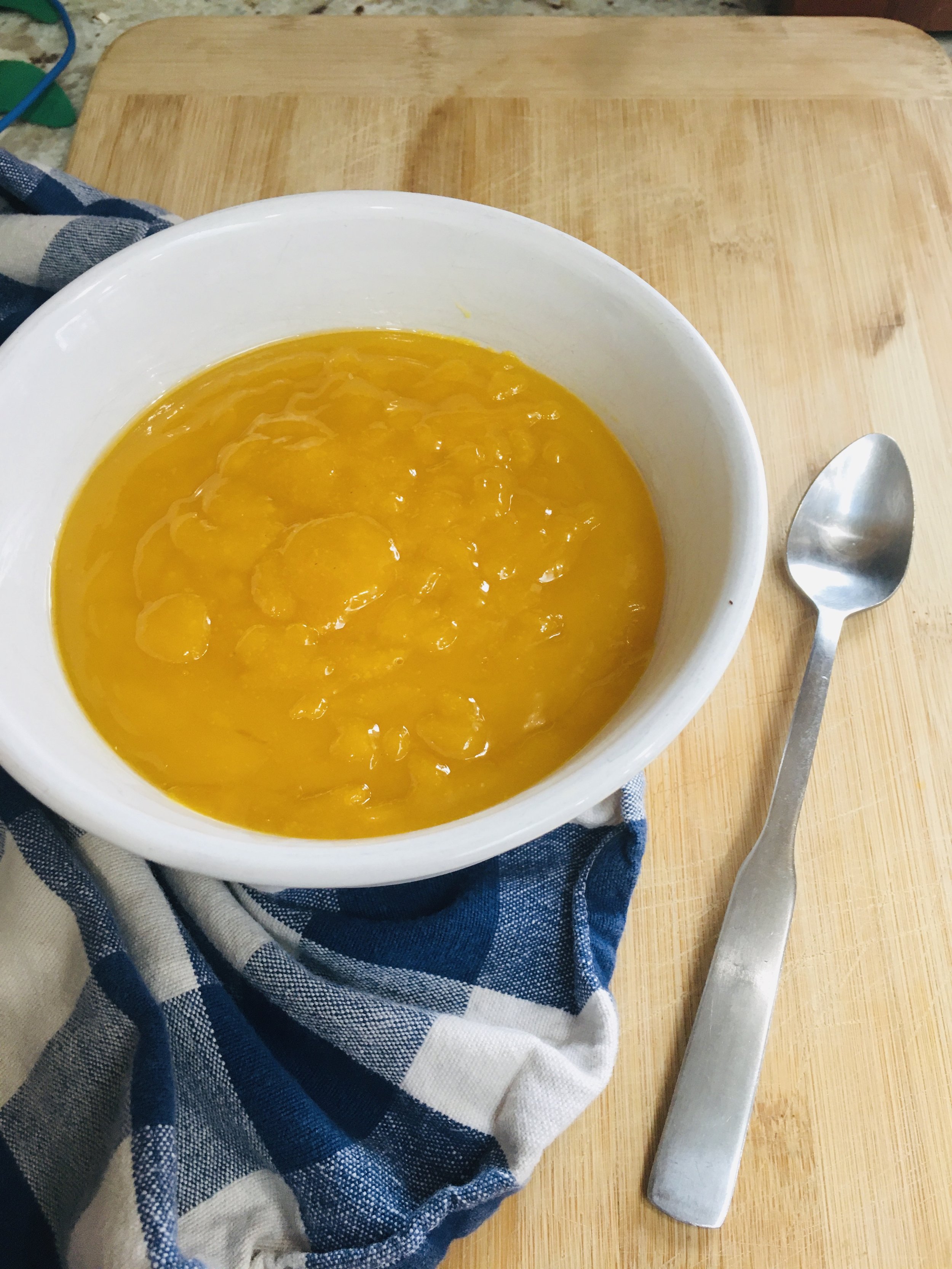How much meat do I get with half a hog?
You will receive between 70-80 pounds of meat ready to go in your freezer. The hanging weight of half a hog can vary, but is usually around 100 lbs. Once the meat is cut from the bone and packaged some water weight is lost to evaporation so it yields 70-80% of the hanging weight.
How much freezer space do I need for a ½ hog?
About 4 cubic feet. Do you remember when all we used were the Top Freezer Refrigerators? The freezer unit was on top the refrigerator? Those were about 4 cubic feet. Or the freezer portion of a Side By Side Freezer Fridge would also hold a ½ hog.
What is the hanging weight?
The hanging weight is the weight of the animal once the head, hide, feet, and entrails have been removed. This is the weight you will be charged by. It’s the most fair way to charge because different cutting preferences will yield different weights of packaged meat. You have the option of keeping the soup and broth bones as well as organ meat.
Can I customize what cuts I want?
Yes. If you preorder your half or whole hog we can ask the butcher to cut and wrap according to your wishes. You have choices like what types of sausages you want made, how big your hams and roasts are, how thick you like your pork chops, whether you want Canadian Bacon or pork chops made.
What cuts are available with a half hog?
A hog is very customizable. You could grind the whole thing or smoke and cure the whole thing and it will still be delicious! Half or whole hog options are the same, you just get double the amount with a whole hog. The available cuts include pork chops, Canadian Bacon or loin roasts, hams, ham hocks, tenderloin, roasts or shoulder steaks, bacon, sausages, ribs, organ meats, bones and the head if you want it.
When I buy a half hog do I get the front half or the back half?
When you buy a half hog you get a little bit of everything. The hog will be split down the spine, down a natural seam and you end up with two identical halves.
Are your pigs butchered on site or do they have to travel?
It depends. Although we would really love to have a mobile butcher come to the farm, if the entire animal is not presold we cannot legally do this. If we sell any individual cuts of meat in our farm store or at the Farmer’s Market it needs to be USDA inspected, and this can only be done at a USDA inspected facility. Mobile butchers are not USDA Inspected. Another factor is timing. We are having to schedule our butcher dates 12 months in advance, before our animals are even born, thank you covid. So this means that you too as the customer would need to put down your deposit and wait for a butcher date to be available. It requires a longer wait time and a layer of complexity that most aren’t aware of. We do however trailer our own animals and take charge of loading them in the most stress free way we can. We have gotten pretty good at this and most of the time our animals calmly walk right onto the trailer, never breaking a sweat or elevating their heart rate. We always get them settled the night before so if they did have any adrenaline from the trip they have time to relax overnight.
Do I pickup and pay for my meat at the butcher?
No. We take care of interacting with the butcher for you. We deliver the animal, hand over your cutting instructions, pay for the processing and pick up the meat for you. We know this process can be overwhelming and we want to make it as easy on you as possible. Your hog’s butchering costs are included in the price you pay us.
How long will it take our family to eat a half hog?
It depends on how frequently you cook at home and the number of people you’re feeding. Our family of 5 (2 adults and 3 young children) eat a whole hog a year. We also eat a quarter cow, a whole lamb and 60 chickens in a year’s time. We do a lot of our own cooking, and you probably would too if you had it sitting in your freezer ready to go.
Can I come visit and see where/how the pigs are raised?
Yes! We would love that! And you will leave feeling happy about the type of life our hogs live. Frolicking in big pastures, free to socialize with littler mates, in the open air and sunshine, foraging for roots, acorns, nuts and bugs.
How do I reserve a half hog?
Just jump over to our website and make your deposit. This saves your place in line and the deposit amount is taken off your final cost at the end. Your deposit helps us cover feed costs and processing costs so that we don’t have to go in the hole to get a final product to your table.
Still want to know more? Check out this blog post What Do I Get With A Half Hog










![IMG_6298[1].JPG](https://images.squarespace-cdn.com/content/v1/59b8c0cec027d86a49c44a7b/1604953280219-X0ARL5X6CZW5GJ4IPA4L/IMG_6298%5B1%5D.JPG)








